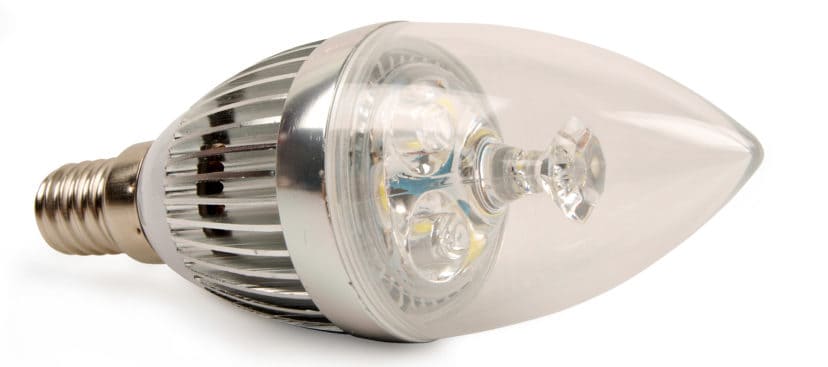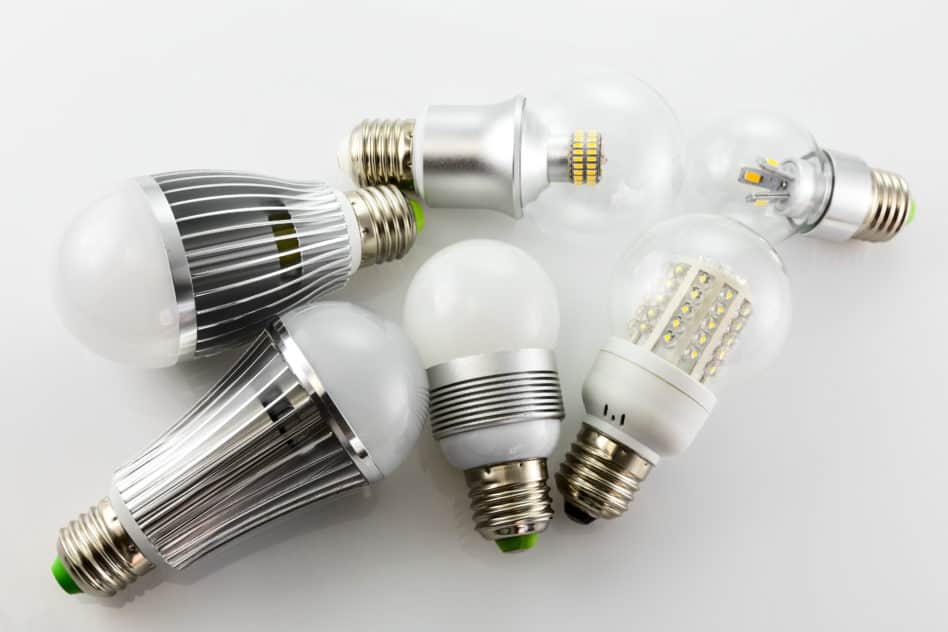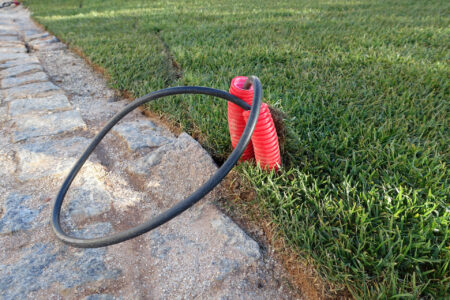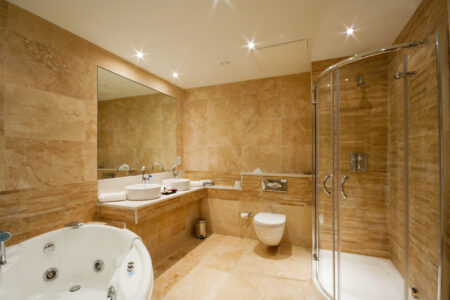When purchasing new LED light bulbs, you often come across the term “retrofit”. Retrofit LEDs can be found in many stores and online shops. But what is meant by a retrofit LED lamp? For many consumers, the term sounds unusual at first. Here you can find out the exact meaning and what you should pay attention to when buying these bulbs.
What means LED retrofit?
The term retrofit generally stands for the modernisation of an existing device or equipment. In the case of lighting equipment, retrofitting means adapting modern lighting technology into an existing lamp or luminaire. When switching to economical LEDs, the old incandescent or halogen lamps can be replaced by corresponding LED retrofits.
The retrofit LED light sources of course must fit into the respective socket of the existing luminaire for a simple conversion. For this reason, retrofit LEDs are manufactured and offered for all common lamp sockets. For a successful replacement, the housing of the retrofit lamp must not be too large and must find enought space in the luminaire.
LED Retrofit lamps normally have similar dimensions and have the same base as their predecessors with filament. Retrofit bulbs can be replaced just as easily as conventional bulbs.
Which sockets are available?
Retrofit lamps are available for all common socket types. E26 retrofits and E14 retrofits are probably the most frequently used versions. But there are also suitable replacements with LED technology for the well-known pin and bayonet sockets. All current retrofits can be found in the socket overview.

Retrofits for cars
In the household, conventional light sources can simply be replaced by the consumer with LED retrofits. There are also many retrofits available for use in automotive space. However according to your country and state there could be certain regulations if it’s permitted to replace for example the headlights with retrofit LEDs.
The reason for these restrictions lies in the construction of the headlights. The lenses and reflectors contained are exactly matched to the geometry of the housing and the type of bulb used. The use of a retrofit could change the radiation behavior of the headlamp, which could invalidate the approval.
Retrofit advantages
The use of retrofit bulbs brings in numerous advantages of the LED technology. The most common advantages are the big energy savings and the long lifespan of up to 100,000 hours. In addition to these general advantages, retrofits also offer other benefits:
- Use in existing luminaires
- No installation work necessary
- Replacement possible by consumer
With retrofits, the old incandescent and halogen lamps in the existing luminaires can be replaced quite simply in many cases. With many technical innovations in other areas, the devices of the old generation can suddenly no longer be used. This is not the case with LED retrofits: the existing luminaires are retained and only the light source is replaced.
Also no changes on the electrical installation are necessary. Therefore, the retrofits can normally be inserted into the luminaire by the consumer. And should a defect occur despite the long lifespan, the retrofit bulb can be easily replaced.
Retrofits disadvantages
Where there are many advantages, there are often disadvantages as well. When retrofits are used, new and modern lamp designs are dispensed with, as it would be possible with luminaires with integrated LEDs. You should also pay attention to the following steps when buying retrofits so you are not disappointed later.
What to pay attention to when retrofitting?
Retrofit LEDs are developed as a direct replacement for their predecessors with conventional lighting technology. In many cases, retrofits can be easily exchanged with the old light source. In some situations, however, the switch is more difficult. You should therefore pay attention to the following points:
- What are the dimensions of the retrofit?
- Can the waste heat dissipate?
- Is the retrofit operated on a transformer?
- Does the retrofit have to be dimmable?
Retrofit dimensions and waste heat
Ideally, a retrofit lamp should have the same dimensions as the lamp to be replaced. Then an exchange would be possible without any problems. In practice, however, the housings of many LED bulbs have larger dimensions than their predecessors with filaments. There are two reasons for this:
- Integrated electronics
- Heat sink for heat loss
Unlike old incandescent and halogen lamps, retrofits contain integrated electronics. The electronic contains an LED driver for controlling the light emitting diode(s). Line-voltage lamps also contain a small power supply unit for generating the supply voltage. All these components need space.
Despite the high efficiency, a certain power loss occurs in the LED illuminant. This waste heat must be dissipated to the environment via a heat sink. In the case of lamps with a higher lumen output, a larger heat sink is required, which also occupies space.
Some retrofits are significantly larger than the illuminant to be replaced. Before buying, you should check the dimensions to see if the retrofit bulb has enough space in the desired lamp.
Normally the heat loss is not a problem. When using very powerful light sources in small lamp housings or narrow lamp glasses, you should ensure that no heat accumulation occurs.
Low-voltage retrofits
Low-voltage lamps are operated behind a transformer. Low-voltage retrofits are also available for 12V halogen lamps. Replacing the lamps is therefore not an issue. However, the old transformer can cause problems in many cases. Electronic transformers in particular often require a high minimum load, which is not achieved by LED retrofits.
Low-voltage retrofits require a stable voltage quality and, depending on the number of lamps, a low minimum load. For proper operation you should use a suitable LED transformer.
Are retrofits dimmable?
The dimmability of LED retrofits brings comes with various technical challenges and has been a problem for a long time. Most of these issues are solved today. However, the used dimmer must be suitable for LEDs and the retrofits must also be labelled as dimmable.
For proper operation, ensure that the light source is marked as dimmable. The dimmer must also be suitable for the operation of LEDs.
Conclusion
With LED retrofit illuminants, the existing lamps can be very easily replaced with modern LED technology. When retrofitting, pay particular attention to the dimensions of the retrofit, as some of these are considerably larger than the old lamps. If you want to adjust the brightness, the retrofit lamp must also be marked as dimmable.






